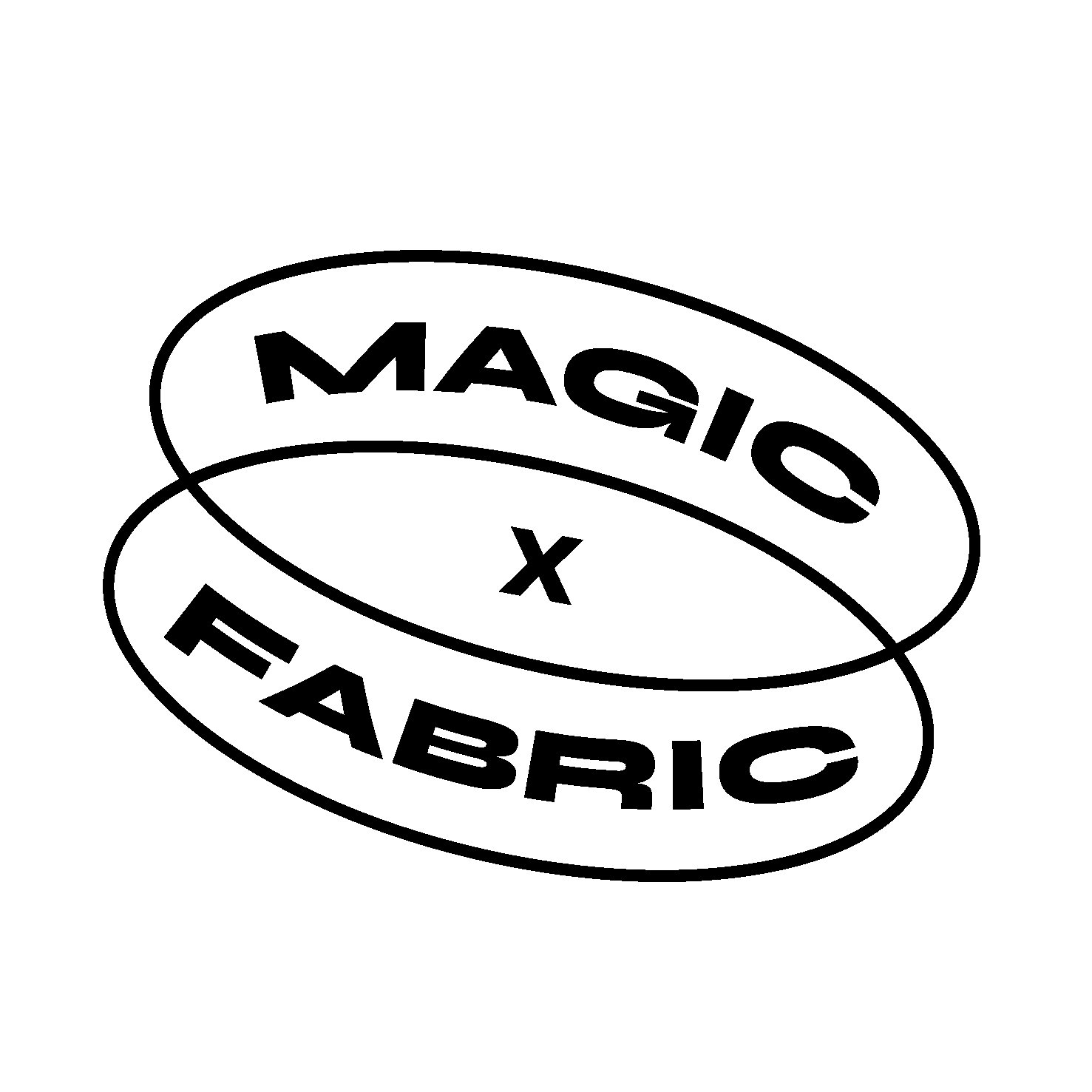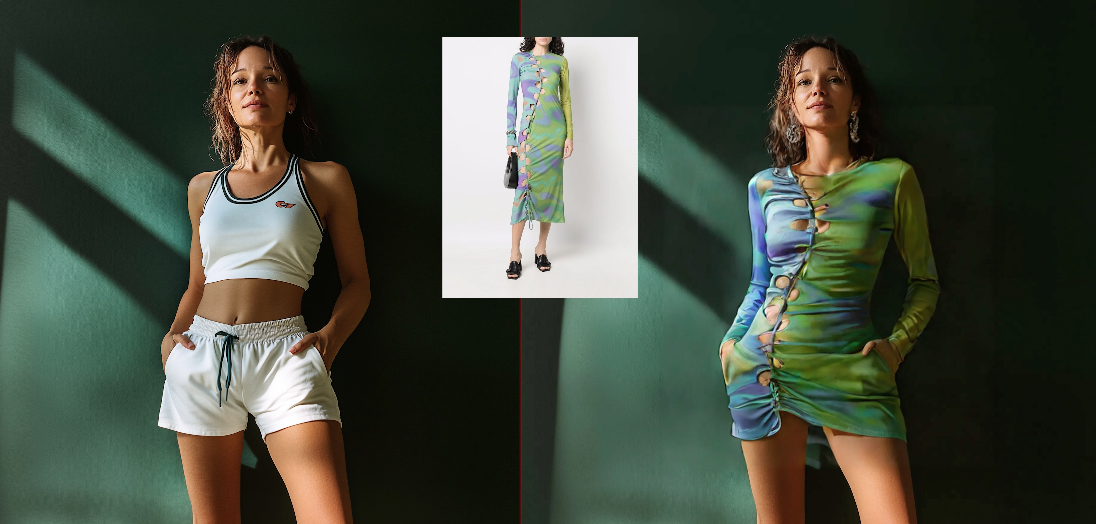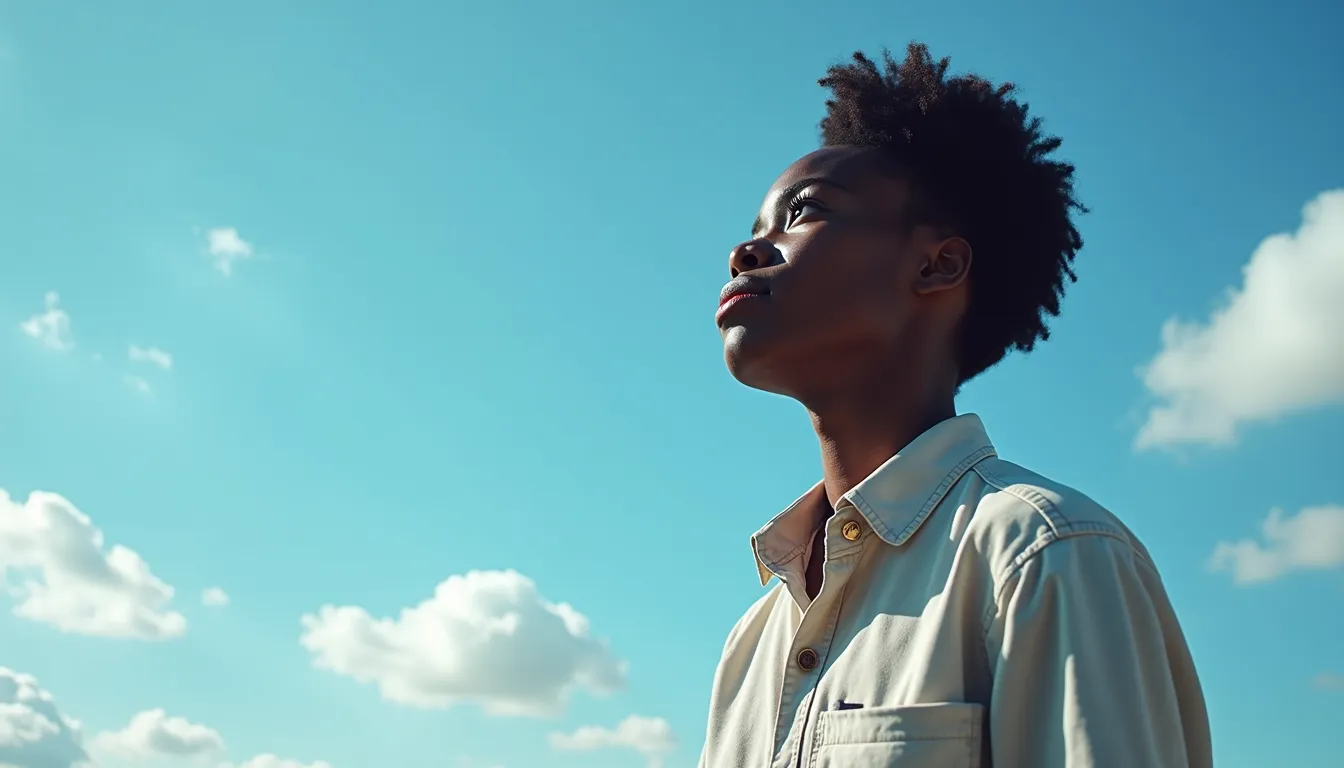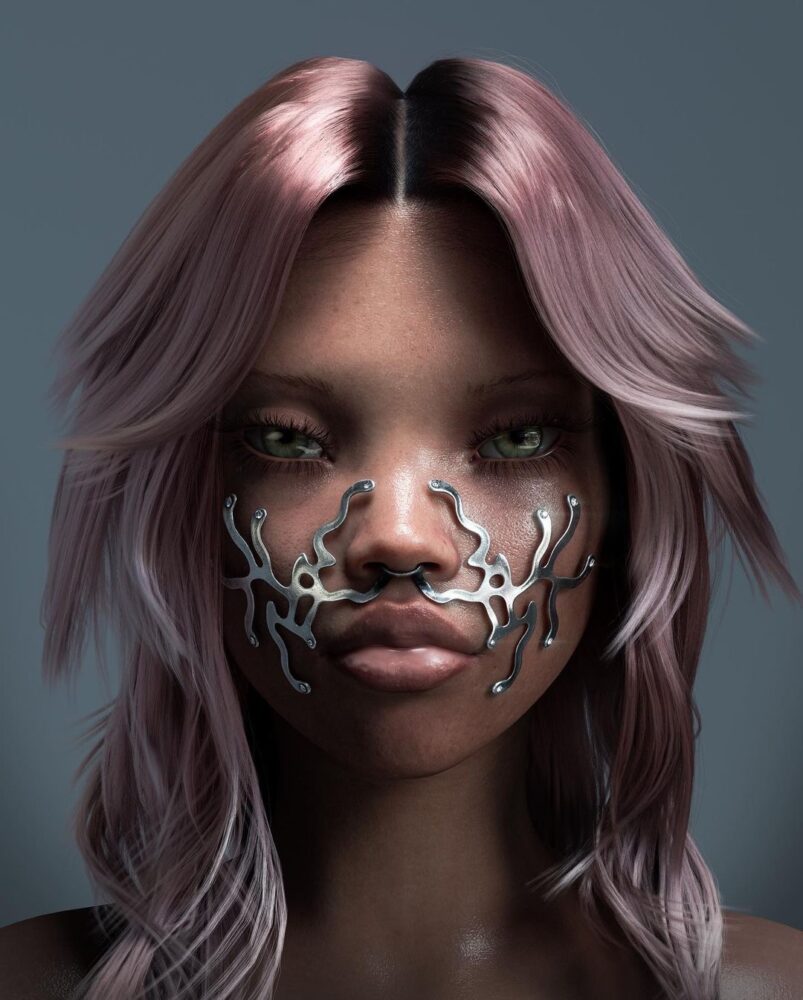
Can AI Art Be Useful Technology for Fashion?
What does “a pink guinea pig picking a gala outfit from a wardrobe full of sharks” look like according to an AI? Lately, a number of AI art generators have challenged people online to come up with the most unexpected descriptions to through artificial intelligence generate fictional, sometimes highly grotesque imagery. But how does the technology work? And what might it be used for in the future?
There are several different ways to use AI to generate images. One method involves using deep learning algorithms to train computers to recognize patterns in data. Once trained, the algorithm can then produce similar results when presented with new data. Another approach uses generative adversarial networks (GANs), which involve two separate models competing against each other. A third technique uses reinforcement learning, where the system learns by trial and error.
Two applications that have recently received attention in the media are DALL-E and Midjourney. DALL-E developed by OpenAI uses a deep learning model and a version of GTP-3 modified to generate images. Midjourney is developed by a smaller research team, and in a similar way utilizes neural networks for image generation. Both applications are in open beta for private users. If you want to try out DALL-E you can sign up for access on this link.
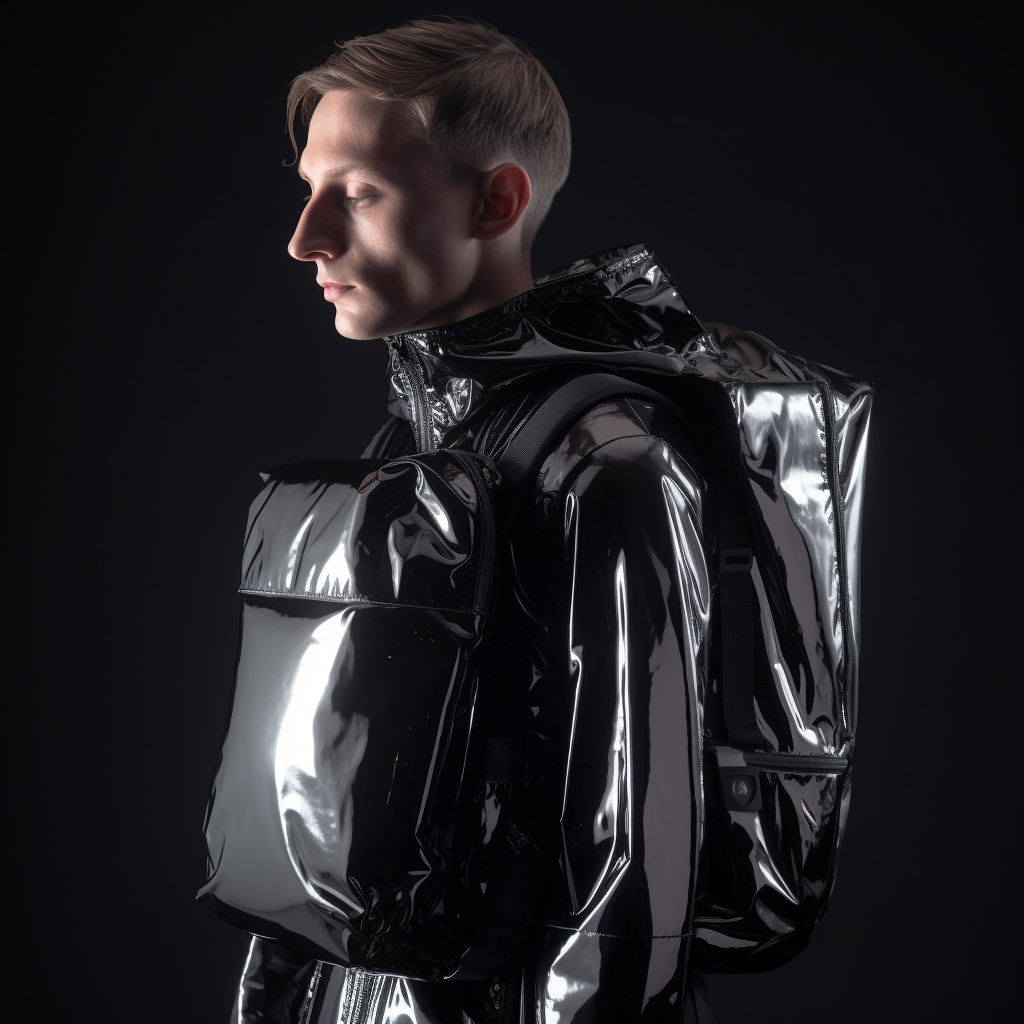
Midjourney5 using prompt: “Techwear backpack made of plastic and precious metals”
How can this be relevant technology for the fashion industry?
Image content and prototyping
Visuals and prototyping
There are many ways in which data-driven image generating technology could transform how fashion is being created and sold. Generative AI could eventually lead to the replacement of stock photo providers with more sophisticated, automated applications. By processing vast amounts of data, AI generators can produce realistic-looking visuals while also extending human imagination beyond its natural bounds and prejudices.
Product designers, for example, can create multiple prototype revisions in a matter of minutes or seconds by utilizing AI picture generators. In this article, we present an example of an artificial intelligence model that was trained on images of shoes and is capable of producing completely original designs.
The potential uses of this technology in fashion are practically limitless. Generative AI can completely change the fashion business, from design and RnD to changing the way we shop online.
Trend analysis and forecasting
It can be difficult for the human eye to quickly analyze huge quantities of data. However, in situations when conventional numbers and statistics do not offer a good overview, AI visualizations could be used for trend analysis and forecasting. In the future, artificial intelligence (AI)-generated imagery could either supplement or completely replace traditional workflows in image production.
Digital art and character design
Similar applications in character or environment creation may assist the film, game, and digital entertainment industries. While some being open betas, the output is already viable as concept art and inspiration. It’s not difficult to envision AI producing assets that are ready for production in the future, with a more refined framework.
AI tools can also iterate and edit photos faster than humans can in the same amount of time by using manual feedback. Using this method makes it possible to create complex designs that would not be possible to create otherwise. AI-generated assets have the potential to revolutionize the entertainment sector as technologies like this advance.
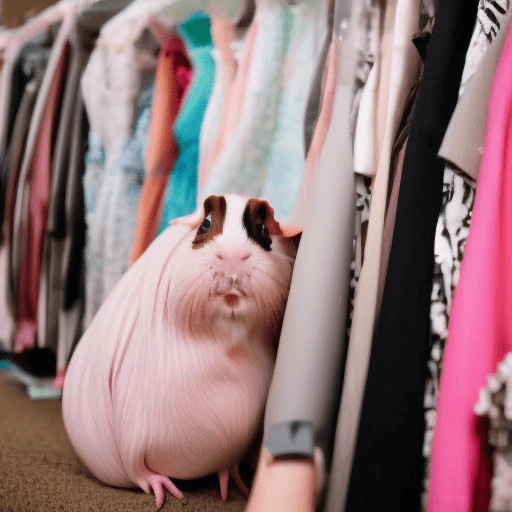
Stable Diffusion using text prompt: “A pink guinea pig picking a gala outfit from a wardrobe full of sharks”
